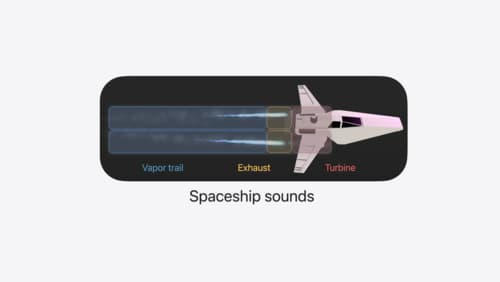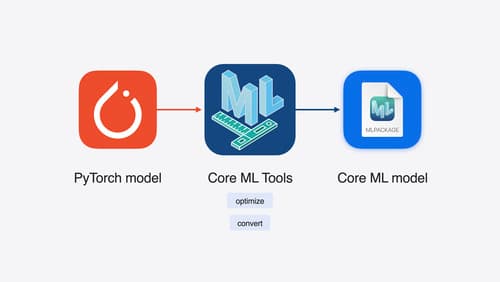coal
Asked on 2024-07-30
1 search
It seems like your question is off-topic. However, I can provide information about the content presented by Apple at WWDC related to machine learning and AI models. Here are some relevant sessions and their chapters:
-
Deploy machine learning and AI models on-device with Core ML
- Introduction
- Integration
- MLTensor
- Models with state
- Multifunction models
- Performance tools
-
Bring your machine learning and AI models to Apple silicon
- Introduction
- Model compression
- Stateful model
- Transformer optimization
- Multifunction model
-
Explore machine learning on Apple platforms
- Introduction
- Apple Intelligence
- ML-powered APIs
- Running models on device
- Research
-
Port advanced games to Apple platforms
- Intro
- Evaluate your game
- Port your game
- Configuration
- Shaders
- Graphics
- Input and rumble
- Audio
- Cloud saves
- Debug and profile with Metal tools
- Wrap-up
-
Enhance your spatial computing app with RealityKit audio
- Introduction
- Spatial audio
- Collisions
- Reverb presets
- Immersive music
- Mix groups
If you have any specific questions about these sessions or need timestamps for particular topics, feel free to ask!

Enhance your spatial computing app with RealityKit audio
Elevate your spatial computing experience using RealityKit audio. Discover how spatial audio can make your 3D immersive experiences come to life. From ambient audio, reverb, to real-time procedural audio that can add character to your 3D content, learn how RealityKit audio APIs can help make your app more engaging.

Port advanced games to Apple platforms
Discover how simple it can be to reach players on Apple platforms worldwide. We’ll show you how to evaluate your Windows executable on Apple silicon, start your game port with code samples, convert your shader code to Metal, and bring your game to Mac, iPhone, and iPad. Explore enhanced Metal tools that understand HLSL shaders to validate, debug, and profile your ported shaders on Metal.

Bring your machine learning and AI models to Apple silicon
Learn how to optimize your machine learning and AI models to leverage the power of Apple silicon. Review model conversion workflows to prepare your models for on-device deployment. Understand model compression techniques that are compatible with Apple silicon, and at what stages in your model deployment workflow you can apply them. We’ll also explore the tradeoffs between storage size, latency, power usage and accuracy.
